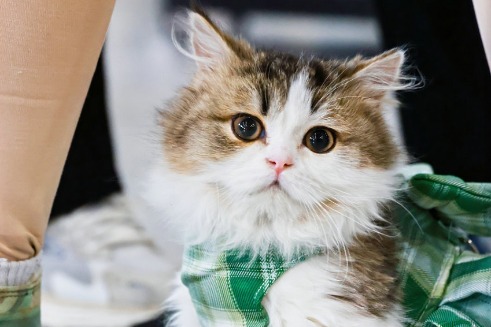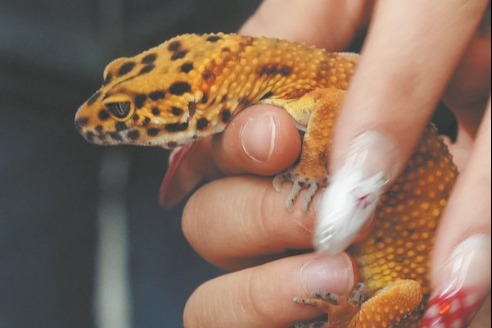Saving oceans with robot innovation
Teenagers from around the world design robots to restore marine ecosystems and promote global collaboration.

More than robots
The competition also serves as a platform for fostering genuine friendships that span national borders.
"When we participated in the regional event held in Turkiye last year, we met contestants from Russia and Poland who were fascinated by Chinese culture. They even asked us to write their names in Chinese characters on their arms and clothes," recalled Guo Xue, a team member from Violet Z.
Now hosting the regional competition in Shanghai, Violet Z embraced the opportunity to showcase Chinese hospitality and cultural openness.
"We are eager to demonstrate our enthusiasm, openness, and friendliness to participants from all over the world," Guo said. "I truly hope to present the image of Chinese people and contemporary China, letting everyone see what Chinese high school students and robotics teams are really like."
The passion for robotics has also sparked excitement among audiences. Jin likened the event to a "sports spectacle", with spectators waving flags and cheering — even though the robots couldn't hear them.
"They aren't cheering for the robots, but for the students working behind the scenes, demonstrating their intelligence and resilience," Jin said. "The complex competition structures and a sports-like format not only draw people's attention to robotics but also, hopefully, inspire many to pursue careers and education in STEM fields."
For Lin, the FRC has a positive impact on both the students participating in the competition and the entire robotics community, as it advocates for a blend of humanities and technology.
"It challenges the old notion that robotics is only about technology. Instead, it aims to cultivate the next generation of leaders in engineering — leaders who not only have technical expertise but also a deep sense of compassion and environmental responsibility," he said.




































